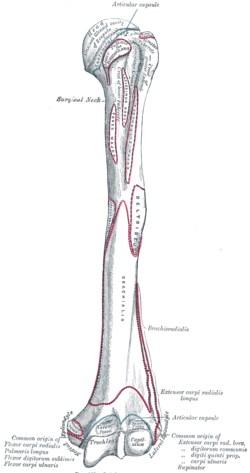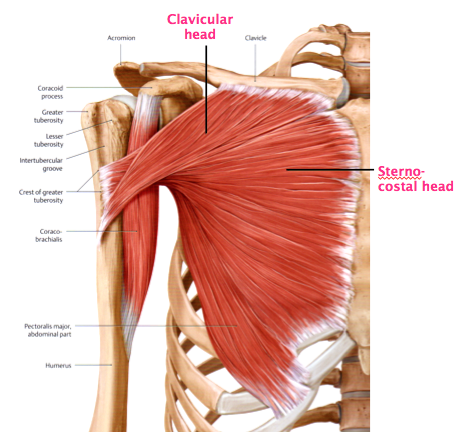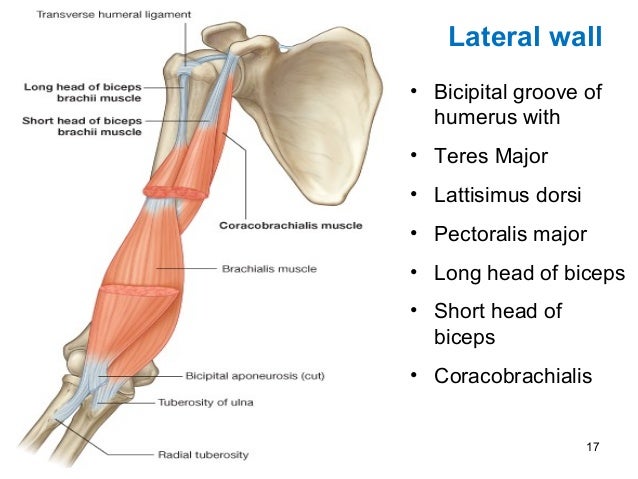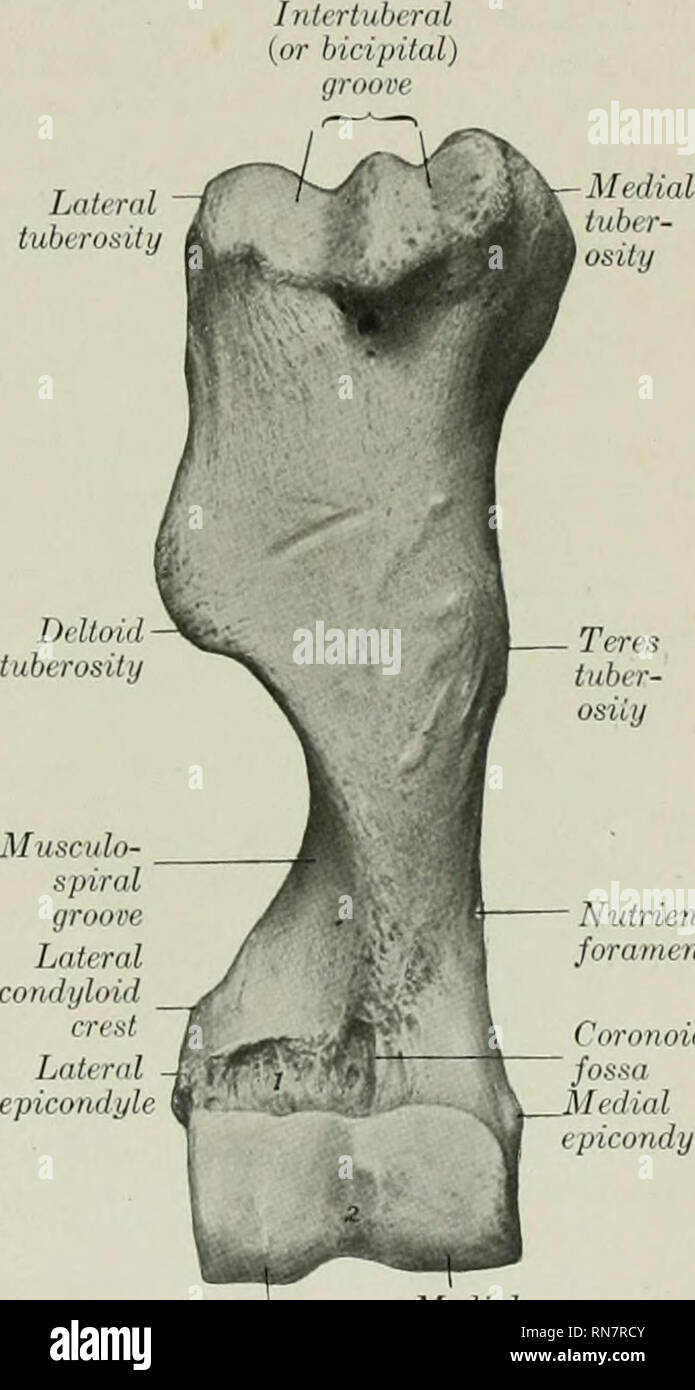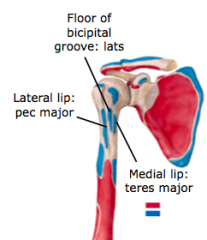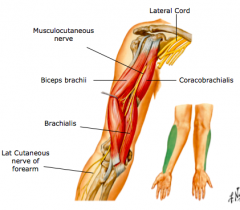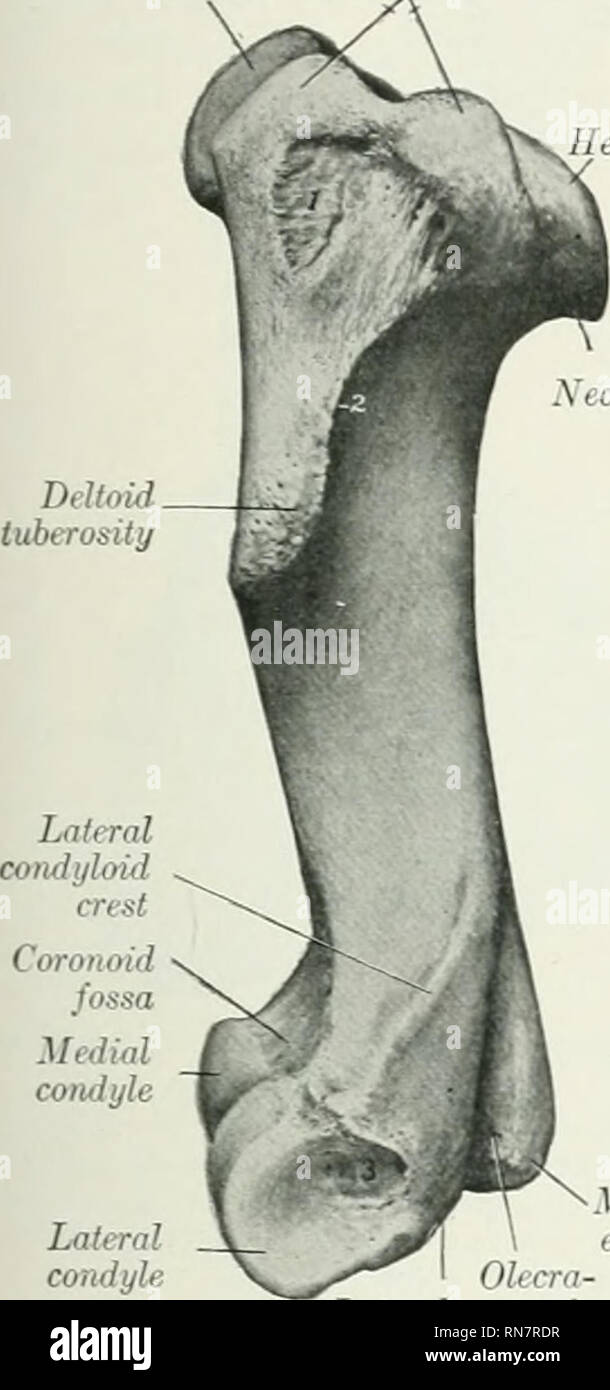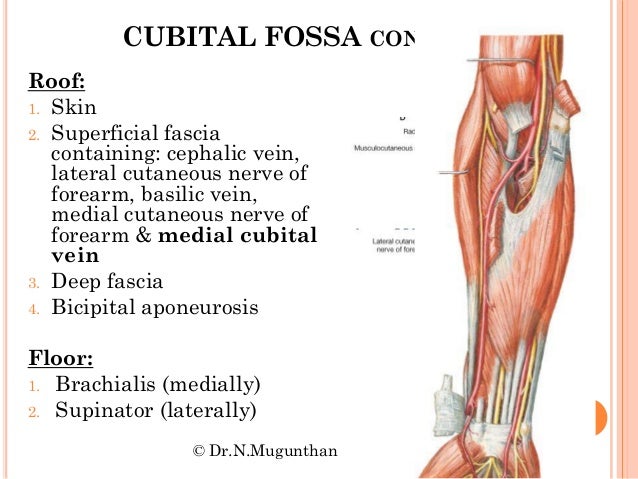Lateral Bicipital Groove Boundaries

The bicipital groove intertubercular groove sulcus intertubercularis is a deep groove on the humerus that separates the greater tubercle from the lesser tubercle the bicipital groove lodges the long tendon of the biceps brachii between the tendon of the pectoralis major on the lateral lip and the tendon of the teres major on the medial lip.
Lateral bicipital groove boundaries. The transverse humeral ligament connects the lesser and greater tubercles. It contains the tendon of the long head of the biceps brachii muscle which is ensheathed in a synovial reflection of the. The groove along the lateral side of the arm separating the biceps brachii and brachialis muscles. The intertubercular groove or also known as the bicipital sulcus is a deep groove that begins between the two tubercles and extends longitudinally down the proximal shaft of the humerus.
In the groove it gives off 3 branches. The teres major inserts on the medial lip of the groove. Bicipital groove of right humerus. The bicipital groove lodges the long tendon of the biceps brachii between the tendon of the pectoralis major on the lateral lip and the tendon of the teres major on the medial lip.
Pierces lateral intermuscular septum about 10cm proximal to trochlea surface never less than 7 5cm enters. The insertion of the latissimus dorsi is found along the floor of the bicipital groove. The long biceps tendon lbt sits within the bg. The bicipital groove is a deep groove on the humerus that separates the greater tubercle from the lesser tubercle.
This page was last edited on 3 january 2019. This anatomy article is a stub. The bicipital groove also known as the intertubercular sulcus or sulcus intertubercularis is the indentation between the greater and lesser tuberosities of the humerus that lodges the biceps tendon. Exits groove around 14cm proximal to lateral epicondyle.
Inferolateral cutaneous nerve of arm posterior cutaneous nerve of forearm lateral hhead of triceps medial head of triceps anconeus. The lateral bicipital groove is seen on the lateral aspect of the upper arm and is formed by the same anatomical structures as the medial groove. You can help wikipedia by expanding it. The bicipital groove is typically 4 6 mm deep 1.
It is the lateral wall of the axilla. The long head of biceps brachii muscle runs along this groove. In this article we shall look at the borders and contents of the cubital fossa including any clinical relevance. It runs obliquely downward and ends near the junction of the upper with the middle third of the bone.
The bicipital groove bg of the proximal humerus is a groove in the humeral head formed by the medial and lateral tuberosities fig. The cubital fossa is an area of transition between the anatomical arm and the forearm.
